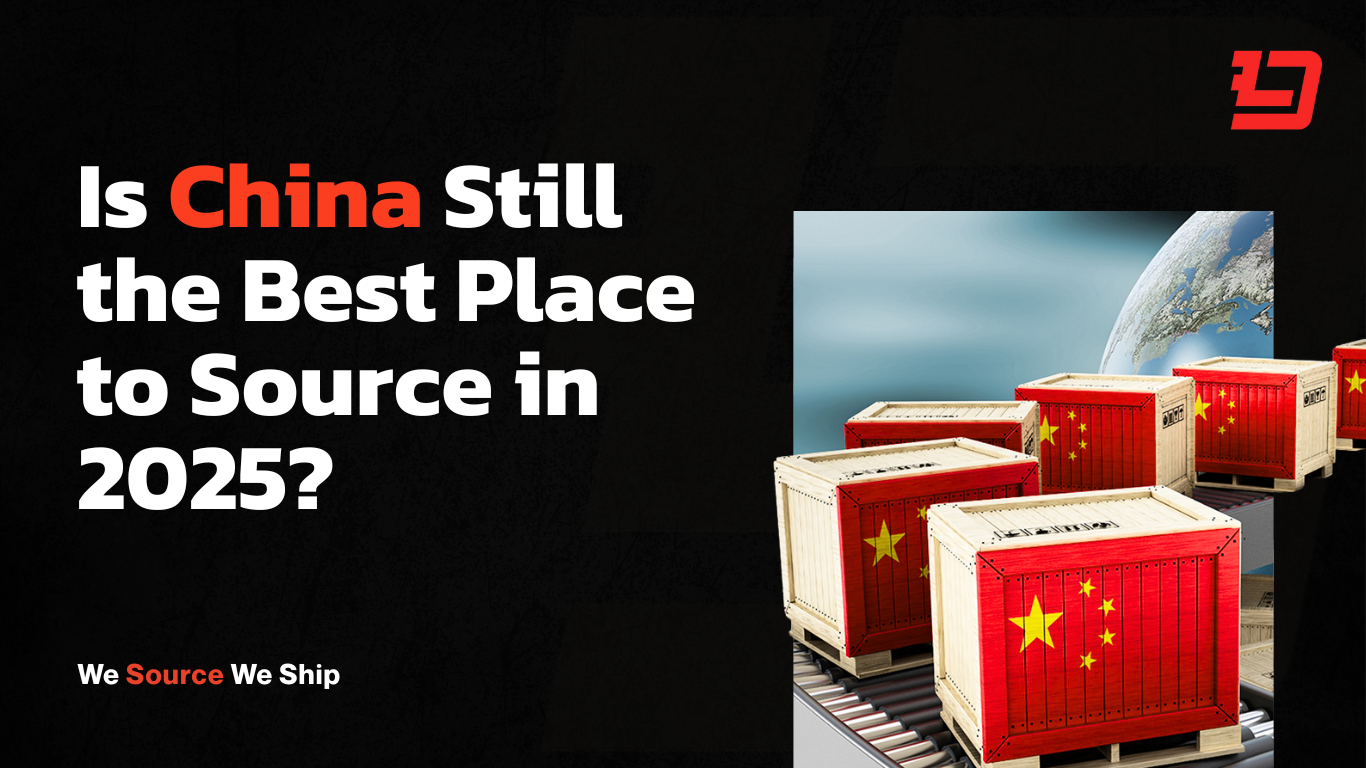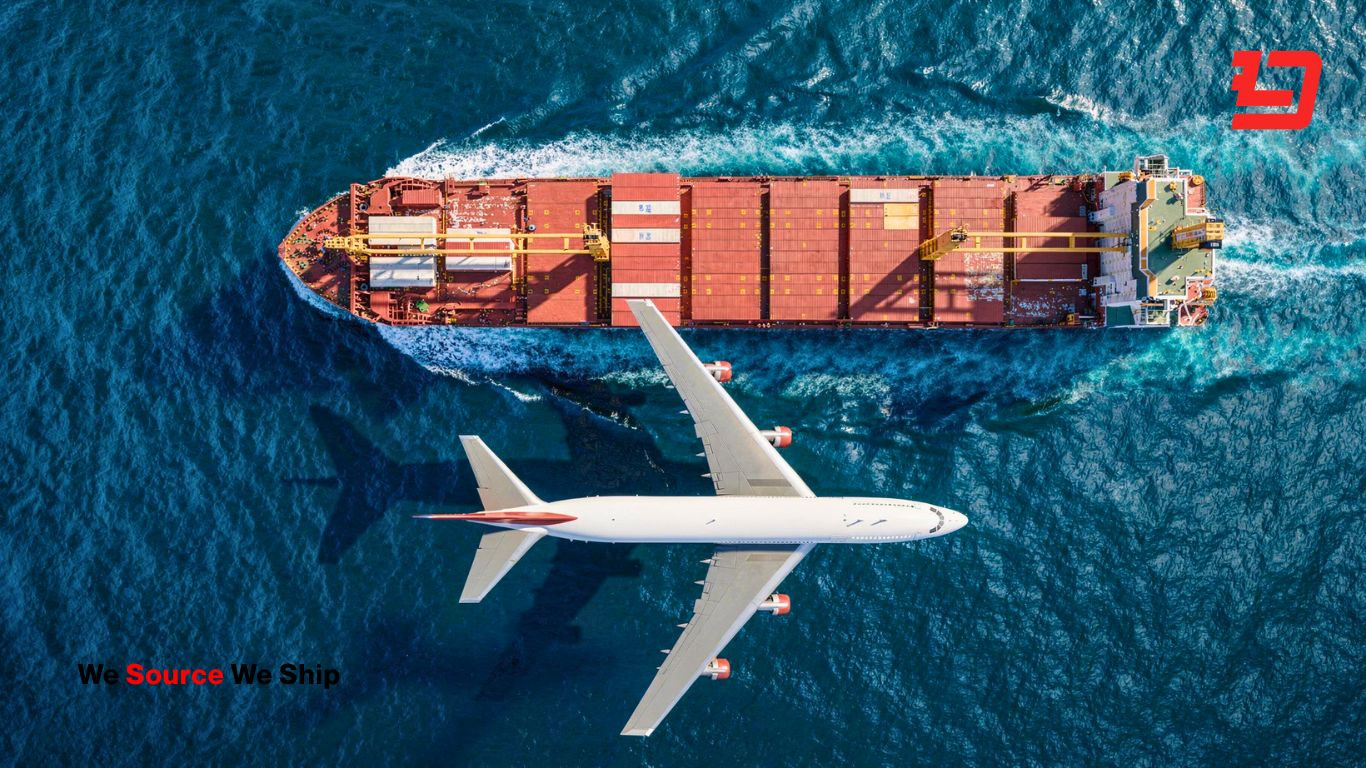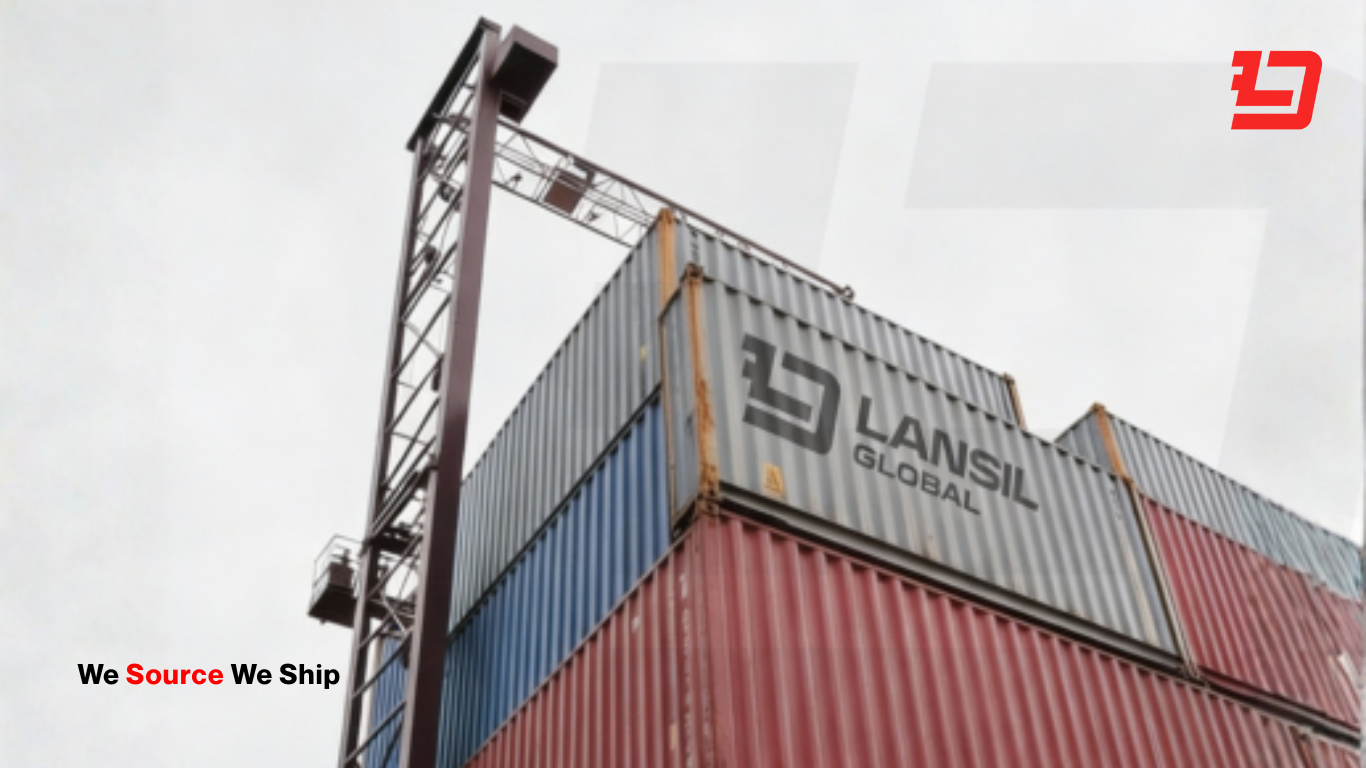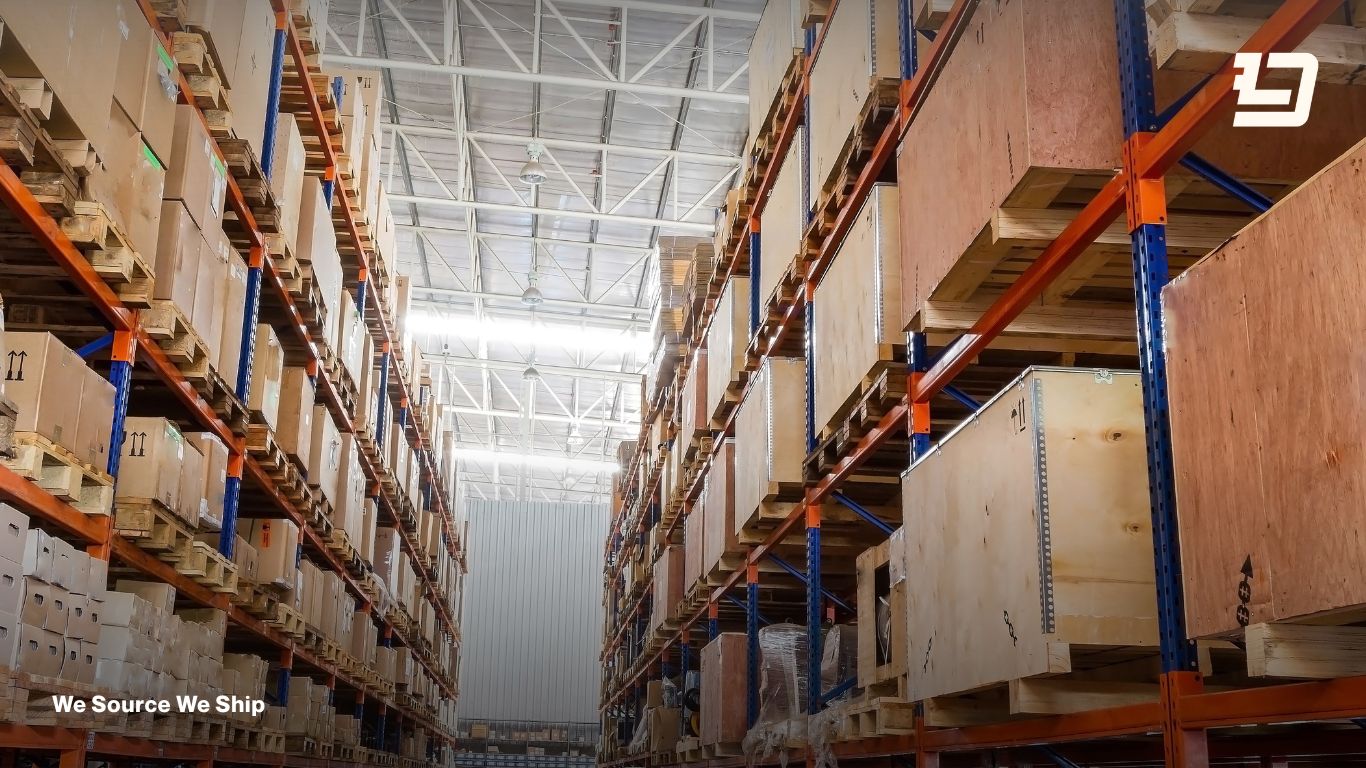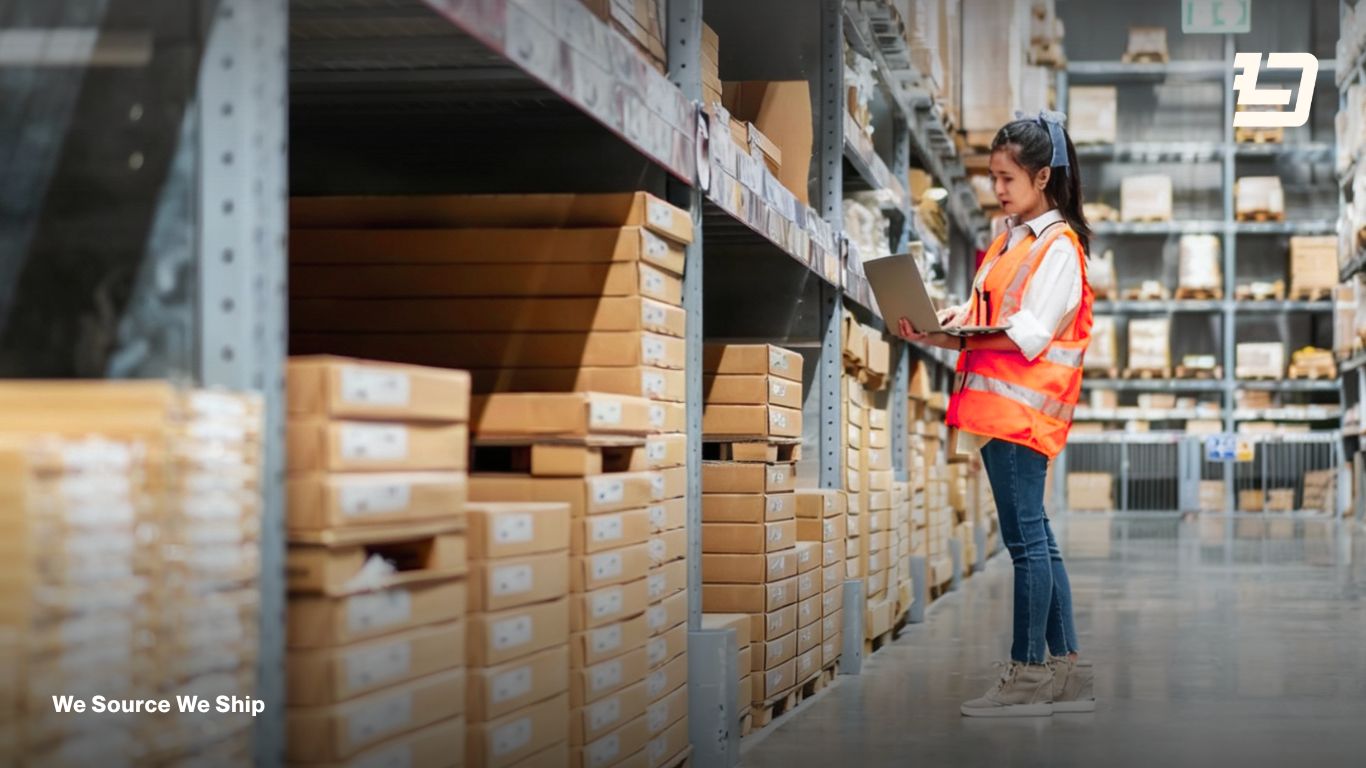Ecommerce is growing fast. So is competition. Brands need reliable, cost-effective, and scalable suppliers. For most, that still means one thing: China.
Despite global challenges, China continues to lead global exports. In the first 10 months of 2024, the country’s total goods trade reached over RMB 36 trillion (about $5.05 trillion USD), with exports rising 6.7% year-over-year.
For ecommerce brands, China’s scale, efficiency, and factory network make it the top sourcing destination. Here’s why that hasn’t changed — and why it still works in 2025.
Why Ecommerce Brands Still Source from China
1. Massive Supplier Network
No other country has China’s range of manufacturers. Whether you’re looking for fitness products, home goods, electronics, or skincare packaging, there are thousands of factories to choose from.
China’s advantage is not just volume. It’s the ecosystem. Factories sit close to raw material suppliers, packaging vendors, and shipping ports. This keeps lead times low and pricing competitive.
2. Strong Cost-Quality Ratio
China isn’t the cheapest anymore, but it still offers strong value. The quality control, packaging options, and customization available in China often outweigh slightly cheaper production elsewhere.
According to CEIC Data, China’s unit labor cost index rose only 2.6% in 2024. Output per worker also increased, meaning better products at the same price point. (Source)
This balance of cost and quality is hard to beat — especially when you’re launching new SKUs or scaling production quickly.
3. Production Speed and Flexibility
Chinese factories are fast. Many are set up for both low and high-volume orders. They can turn around samples in 7 to 10 days and full production in under 30.
Need to test multiple suppliers? Want to customize packaging or include inserts? China’s suppliers are used to working with DTC brands and Amazon sellers. They’re set up for flexibility and speed.
GET IN TOUCH WITH LANSIL GLOBAL
Looking for a fulfillment solution?
Logistics: China’s Fulfillment Infrastructure Still Delivers
1. World-Class Ports and Warehouses
China’s supply chain infrastructure is built for global trade. Major ports like Shenzhen, Shanghai, and Ningbo handle massive volumes every day. Warehousing near factories makes consolidation and FCL/LCL shipping easier.
For ecommerce brands, that means:
- Faster export handling
- Smooth customs clearance with proper documentation
- Easier consolidation across suppliers
2. Cross-Border Ecommerce Growth
In 2024, cross-border ecommerce exports from China hit RMB 2.15 trillion, a 16.9% increase over 2023.
This growth shows China’s ongoing focus on supporting ecommerce sellers through:
- Tax incentives
- Faster customs processing
- Shipping lanes optimized for global markets
You can now store, prep, and fulfill directly from China using partners like Lansil Global — making operations even leaner.
What’s Changing: Smarter Buyers, Smarter Factories
1. Quality is a Priority
Suppliers are improving. Smart buyers are demanding better quality, eco-friendly materials, and more consistent output.
China is responding. Many factories now:
- Use automation and robotics
- Invest in product testing and certifications
- Support more premium materials and sustainable packaging
This means ecommerce brands don’t have to sacrifice quality to maintain margins.
2. Communication and Transparency
The days of relying on AliExpress chats are over. With local sourcing partners, you can:
- Speak directly with factory managers
- Run factory audits and QC inspections
- Get real-time updates on orders and shipments
The gap between ecommerce brands and factories is getting smaller, especially with partners who manage things on the ground.
How to Make Sourcing from China Work in 2025
Here are four steps to help ecommerce owners succeed with sourcing in China this year:
1. Work with a Local Partner
Partnering with a China-based sourcing and fulfillment company like Lansil Global gives you an inside track. We can:
- Vet factories
- Negotiate pricing
- Handle quality control
- Manage storage and shipping
This removes guesswork and improves speed and cost.
2. Sample Before You Commit
Always request samples — even if the supplier looks good on paper. Check:
- Build quality
- Packaging
- Color accuracy
- Functionality or usability
Once you approve samples, proceed to a test order.
3. Communicate Clearly
Use clear, simple product specifications. Include reference images, dimensions, materials, packaging instructions, and QC checklists. Avoid vague terms like “high quality” — define what that means.
4. Plan Inventory Cycles
Factor in production and transit time. Don’t order too late or too little. Use demand forecasting tools or data from your sales platforms to avoid stockouts or overstock.
In 2025, China continues to offer the best mix of cost, quality, speed, and infrastructure for ecommerce brands. The systems are in place. The factories are getting better. And the logistics network is built for scale.
As long as you approach sourcing with clarity and the right partners, China remains the most powerful supply chain engine available.
Lansil Global helps ecommerce brands streamline product sourcing, factory communication, quality control, and global fulfillment. Need a sourcing game plan for 2025? Let’s make it happen. Contact us to get started.


